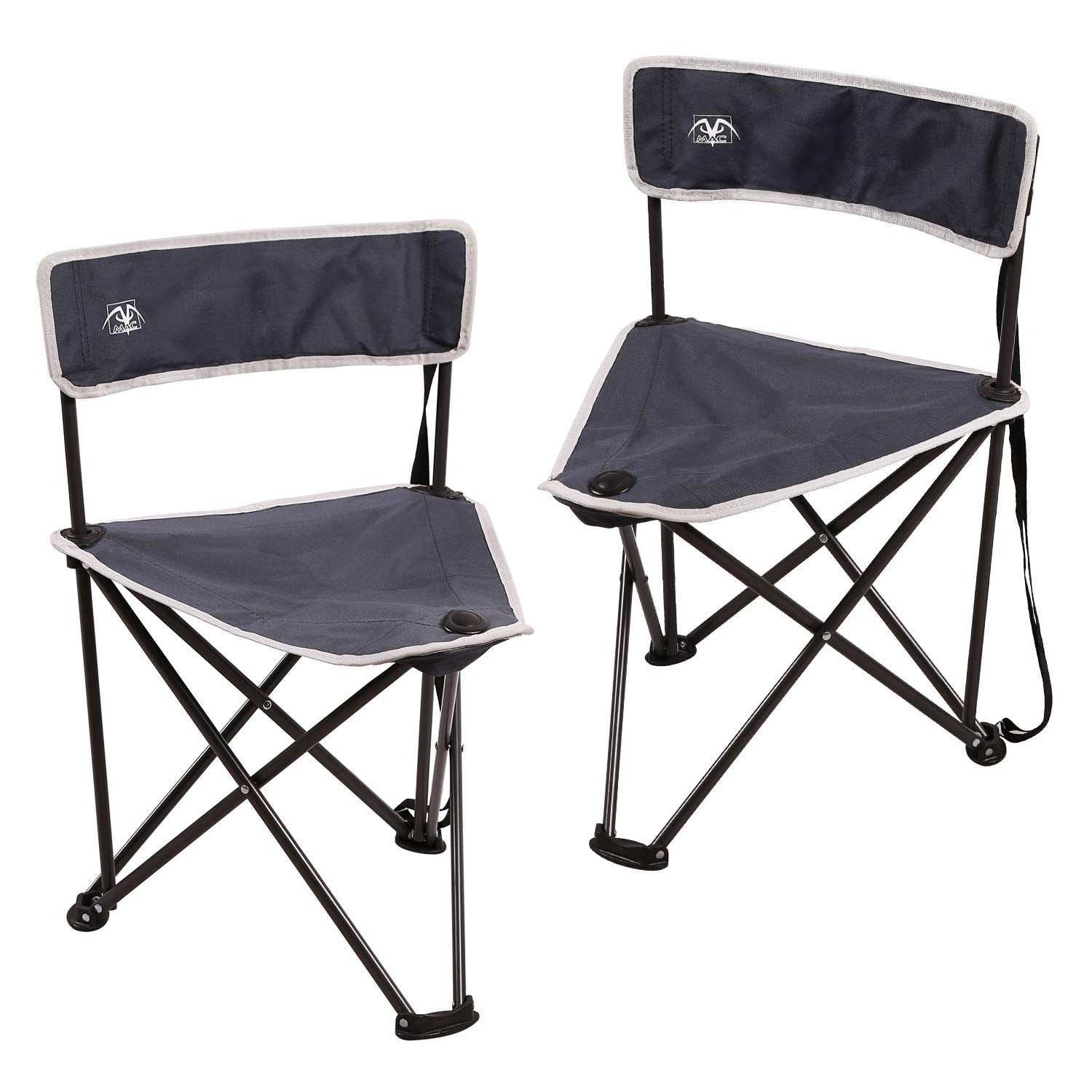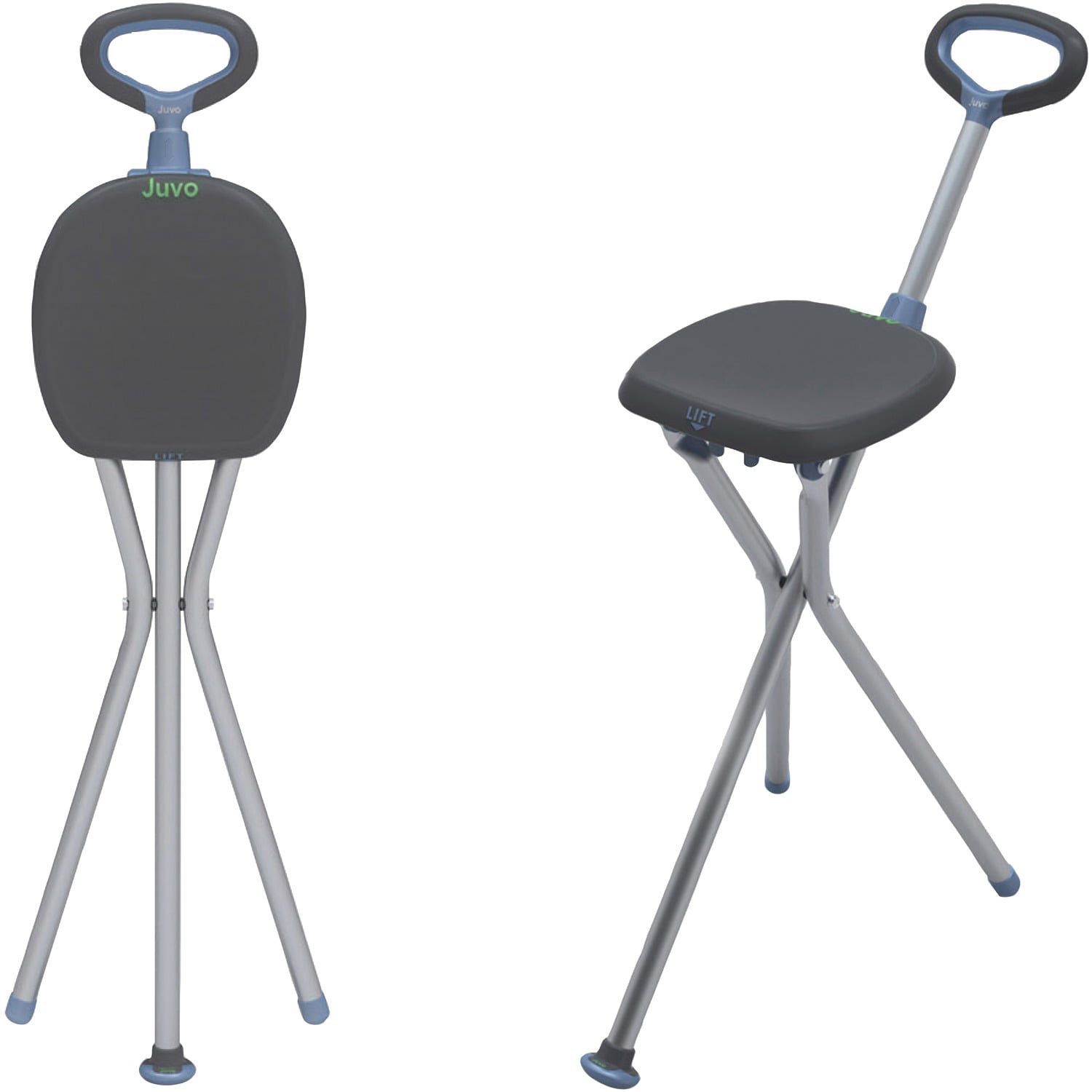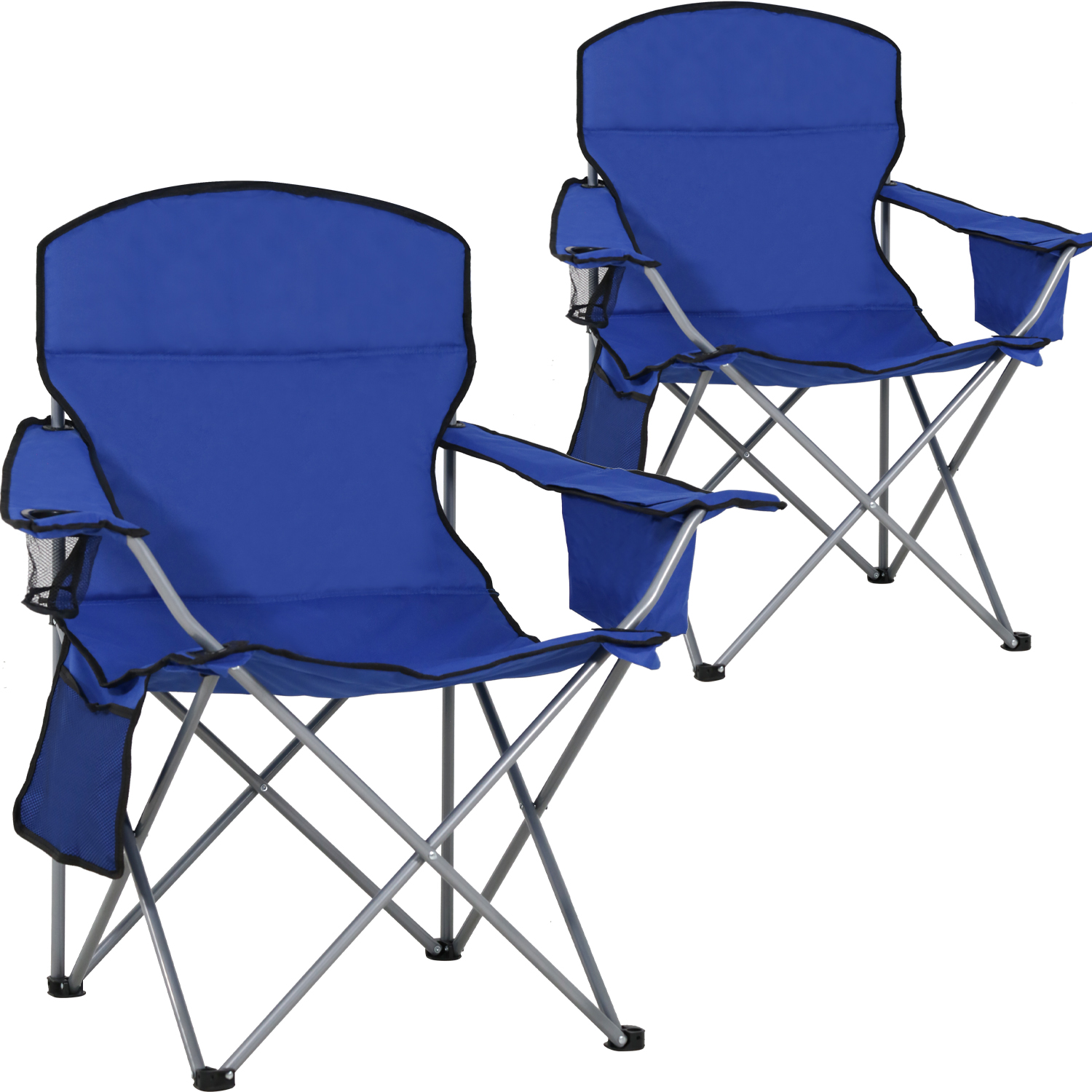Types of Chair or Seat Carry

Chair or seat carries are essential techniques used in various situations, including rescue operations, first aid, and everyday life. These carries are particularly useful for moving individuals who are unable to walk or are injured. This section will explore different types of chair or seat carries, highlighting their advantages and disadvantages.
Fireman’s Carry
The Fireman’s carry is a versatile and efficient method for carrying an unconscious or injured person. It requires significant upper body strength and is often used by firefighters and other emergency personnel.
- Steps:
- Kneel behind the person, facing the same direction.
- Slide one arm under their armpits, with your hand gripping their opposite thigh.
- With your other arm, grab their opposite leg just above the knee.
- Stand up, lifting the person onto your back. Ensure their legs are hanging straight down, and their head is resting on your shoulder.
- Maintain a stable grip on the person’s legs and thigh.
- Advantages:
- Allows for quick and easy transportation.
- Provides a stable and secure carry.
- Can be used on uneven terrain.
- Disadvantages:
- Requires significant upper body strength.
- Can be difficult to maintain balance.
- Limited visibility for the rescuer.
Chair Carry
The Chair carry is a simple and practical method for moving an injured person. It is particularly useful for situations where a chair is readily available.
- Steps:
- Place the person on the chair, ensuring their back is supported.
- Stand behind the chair and grasp the chair’s back legs with one hand.
- With your other hand, grasp the chair’s front legs.
- Lift the chair and the person together, maintaining a stable grip.
- Walk carefully, ensuring the person’s head is supported.
- Advantages:
- Simple and easy to learn.
- Requires less strength than other carries.
- Provides a comfortable carry for the person.
- Disadvantages:
- Limited mobility due to the chair.
- May be difficult to use on uneven terrain.
- Requires a chair to be available.
Seat Carry
The Seat carry is a versatile method that can be used to transport a person in various situations. It is particularly useful for carrying individuals who are unable to walk but can support their own weight.
- Steps:
- Have the person sit on the ground with their legs extended.
- Kneel behind the person and place your hands under their armpits.
- Lift the person up, ensuring their legs are supported.
- Maintain a secure grip on the person’s arms and support their weight.
- Walk carefully, adjusting your grip as needed.
- Advantages:
- Requires less strength than the Fireman’s carry.
- Provides a comfortable carry for the person.
- Can be used on uneven terrain.
- Disadvantages:
- Requires the person to be able to support some weight.
- May be difficult to maintain balance.
- Limited visibility for the rescuer.
Techniques and Variations: Chair Or Seat Carry

Chair and seat carries are versatile techniques used in various scenarios, from emergency evacuations to recreational activities. The choice of carry technique depends on the situation, the weight and condition of the person being carried, and the capabilities of the rescuer. Mastering different variations within each carry type allows for adaptability and efficiency in different contexts.
Chair Carry
Chair carries are a common and effective method for evacuating individuals from hazardous areas or providing support to those with mobility limitations. The chair carry can be adapted to different chair types and individual needs, making it a versatile and reliable technique.
- Standard Chair Carry: This basic technique involves using a sturdy chair with a backrest and carrying the person seated in the chair. The rescuer stands behind the chair, grasps the chair’s backrest with both hands, and lifts the chair with the person seated inside. The rescuer then walks backward, maintaining a stable grip on the chair and ensuring the person’s safety.
- One-Handed Chair Carry: This variation is useful when the rescuer needs to use one hand for other tasks, such as opening doors or navigating obstacles. The rescuer grasps the chair’s backrest with one hand and the seat with the other, using their body weight to support the chair and the person.
- Chair Carry with Assistance: In situations where the person being carried is heavy or the rescuer lacks the strength to lift the chair alone, assistance from another person can be beneficial. Two rescuers can work together to lift and carry the chair, distributing the weight and making the carry more manageable.
Seat Carry
Seat carries are similar to chair carries but utilize a lightweight and portable seat, such as a folding chair or a backpack with a built-in seat. These carries are ideal for situations where a chair is not readily available or when portability is essential.
- Folding Chair Carry: This variation involves using a folding chair with a backrest and carrying the person seated in the chair. The rescuer stands behind the chair, grasps the chair’s backrest with both hands, and lifts the chair with the person seated inside. The rescuer then walks backward, maintaining a stable grip on the chair and ensuring the person’s safety.
- Backpack Seat Carry: This technique utilizes a backpack with a built-in seat. The rescuer places the backpack on the ground, helps the person sit on the seat, and then adjusts the backpack straps to secure the person. The rescuer then carries the person by lifting the backpack.
- Seat Carry with Assistance: Similar to the chair carry with assistance, two rescuers can work together to lift and carry a seat, distributing the weight and making the carry more manageable.
Historical Context and Evolution

The chair or seat carry, a fundamental practice in various cultures across the globe, has a rich history that reflects the ingenuity and adaptability of human societies. Its evolution is intertwined with cultural norms, societal needs, and the availability of resources.
Early Forms of Chair Carries
The earliest forms of chair carries likely emerged from the need to transport individuals who were unable to walk or were injured. Simple platforms, woven baskets, and even animal hides were likely used to create rudimentary seating devices. These early carries were primarily used for short distances and in situations where the terrain was relatively flat.
The Development of More Sophisticated Carries, Chair or seat carry
As societies developed, so too did the sophistication of chair carries. The invention of the wheel and the use of animals for transportation led to the development of carts and litters, which provided more comfortable and efficient means of carrying individuals. These developments enabled people to travel longer distances and to transport heavier loads. The use of these carries was particularly prevalent in ancient civilizations, such as Egypt, Greece, and Rome.
The Chair Carry in the Middle Ages
During the Middle Ages, the chair carry continued to evolve, with the development of more elaborate and decorative designs. Chair carries were often used for ceremonial purposes, such as carrying dignitaries or religious figures. The use of chair carries was also prevalent in warfare, where they were used to transport wounded soldiers or to carry supplies.
The Chair Carry in the Modern Era
The chair carry has continued to be used in modern times, although its prevalence has declined with the advent of modern transportation. It is still used in some cultures for ceremonial purposes, such as carrying brides and grooms at weddings. The chair carry is also used in some medical settings, where it is used to transport patients who are unable to walk.
Chair or seat carry – Tau tau, bos, kalo lagi ngantri, duduknya di mana? Nah, kalo butuh tempat duduk buat nunggu bareng temen, coba deh liat waiting chair 3 seater. Kursi tunggu 3 tempat duduk ini cocok buat nungguin antrian panjang. Nggak perlu lagi berebutan tempat duduk, kan?
Nah, bos, bukan soal kursi atau bangku yang diangkat, tapi soal seni yang dijahit di atasnya. Tau kan, cross stitch chair seat itu? Keren banget, bro, bisa jadi karya seni yang bikin bangku jadi unik dan berkesan. Nah, kalo mau ngangkat bangku yang udah dihias cross stitch, hati-hati ya, jangan sampai jahitannya rusak!